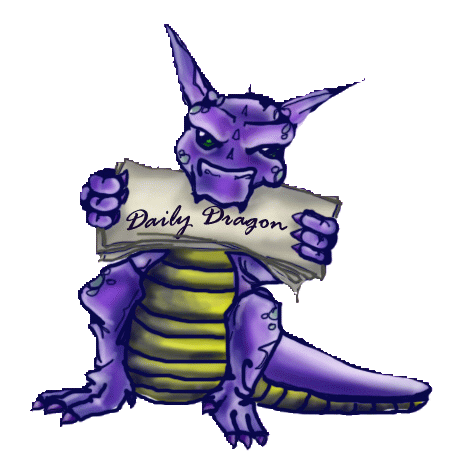The American SciFi and Fantasy Media tracked launched their Friday panels at 10AM in Marriott M302-303 with a conversation about the role of magic in the Marvel Comics Universe (MCU). Moderated by track director Kelley Hawkins, Darin Kennedy, Alice Edwards, Christina Sizemore, and Jack Cullen discussed not just the famous Marvel practitioners of the mystical arts but the dynamics of character development, the moral challenge magic presents, and the complexities involved in translating these characters from comic books to screen.

Users of magic are a mainstay of Marvel comics. Kennedy pointed out that in many ways Marvel characters fell into one of three categories of story telling: characters tied to the realm of science, “cosmic” characters (deities), and those from the realm of magic. Dr. Strange is, all agreed, the most famous and most recognizable of all the Marvel magic users with Wanda Maximoff (the Scarlet Witch) shortly behind, and while they have made very successful transitions to film and television, the stable of Marvel comic heroes with magical powers is quite large.
The idea of self-realization is key to these characters and their development. Sizemore spoke extensively about the kind of moral questions and quandaries inherent in magical characters. These heroes need to come to grips with what they can do and the ramifications of it. The adage “with great power” plays a role as they are tempted by (and sometimes succumb to) their power. Cullen added that one of the appeals of magical characters is that they must deal with the temptations their powers and abilities inevitably bring. The great challenge for them, he declared was “maintaining their center.”
Sizemore was keenly interested in the connections between martial arts and the arts of magic in the Dr. Strange movie franchise. Strange and his supporting characters were “practicing the craft,” an homage to the self discipline and respect for the craft that are hallmarks of martial arts. Being part of a family with a tree that includes Bruce Lee, Sizemore appreciated the degree to which the producers of Dr. Strange linked the philosophical and spiritual traditions of the martial arts into the lead character.
On Dr. Strange, both in the comics and film, Kennedy sees Marvel embracing “the weirdness that is Dr. Strange.” There was never a clear definition of exactly what Strange was or what he could do, so writers threw whatever was needed at the time into him. For many in attendance, this celebration of the exceptional, the “weird” in Strange, attracted them to him. Strange, the greatest of marvel’s magic practitioners, served as a gateway to the larger Marvel world.
An interesting moment in the session occurred when Harkins turned to the issue of portraying magic in visual media. While the panel celebrated the capabilities of contemporary production techniques, and the ability of creators to bring magic to ‘life,’ they recognized that limits remained. Sizemore pointed out that divination and premonition were difficult to translate visually. They were challenging but she found the possibility of translating them to screen intriguing. The effective portrayal of magic on the screen in 2025 is, they pointed out, a combination of visual effect and the physicality of the actors. The two must work in unison, and when they do, the results can be, well, magical.
